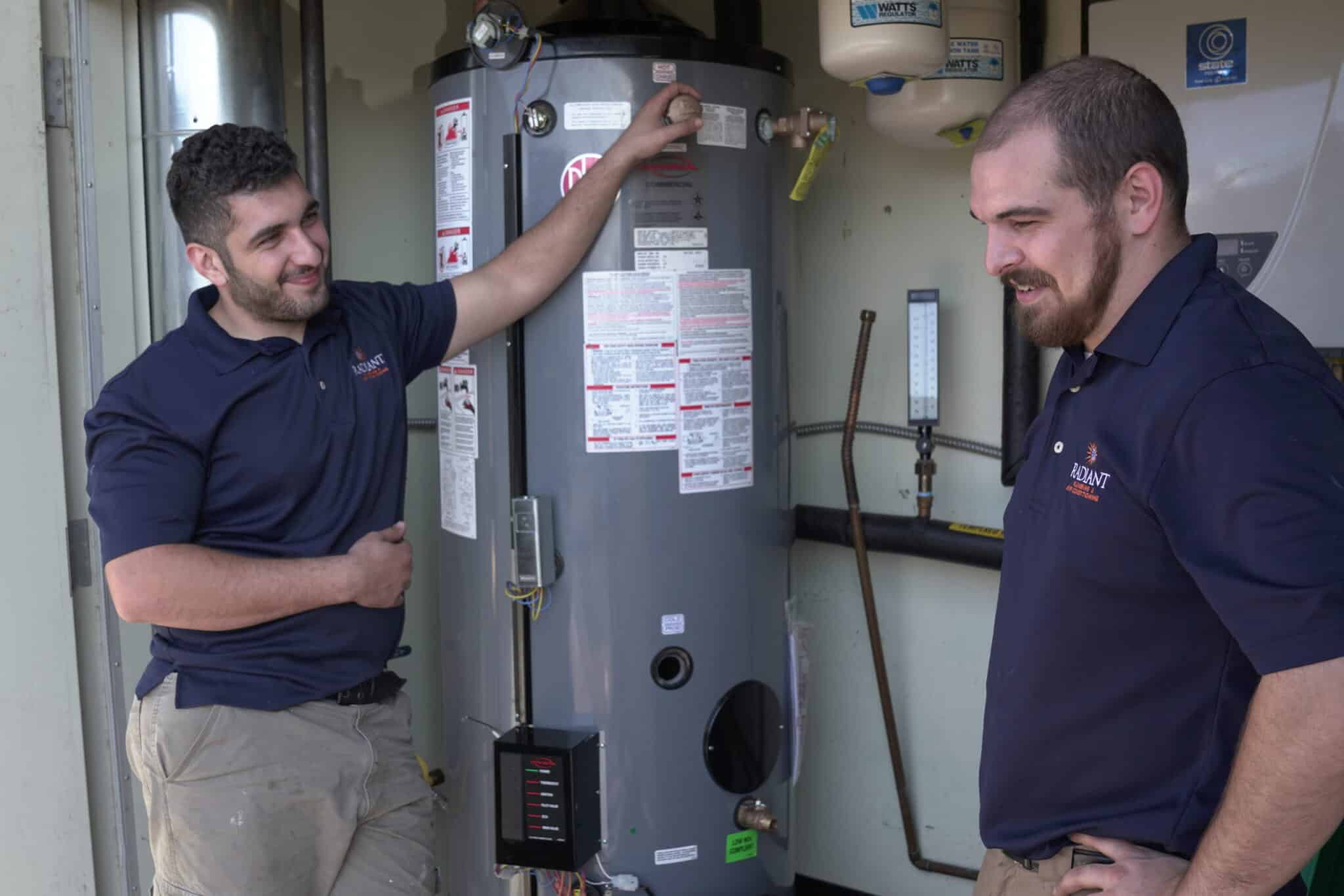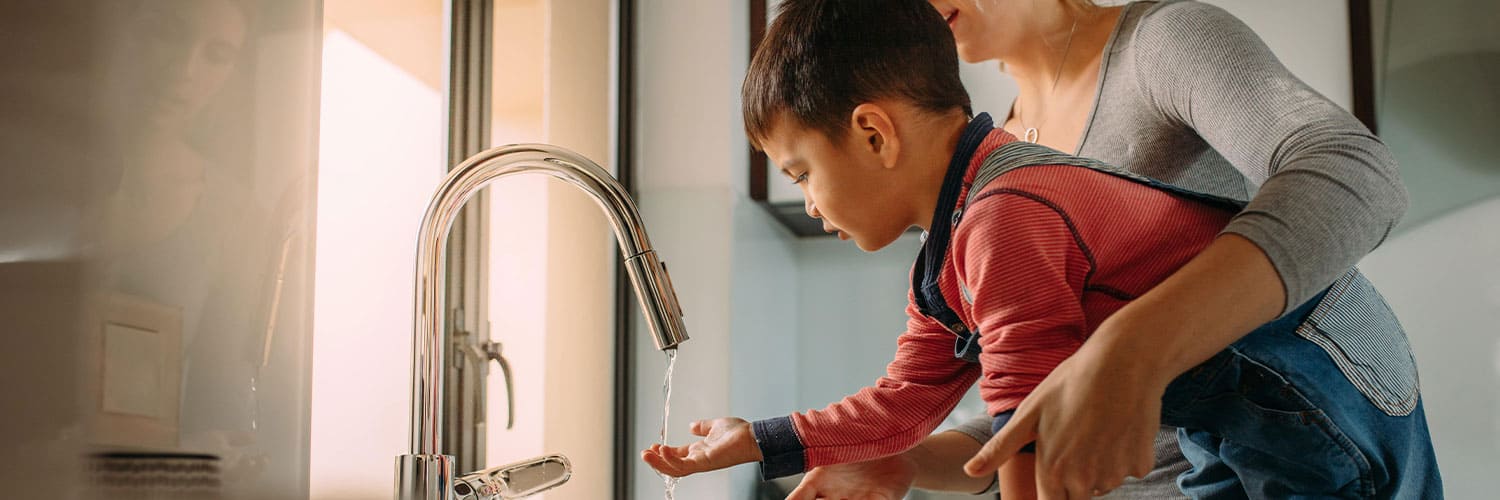Easy Ways to Care for Your Home's Hot Water System ProperlySimple Ways to Care for Your Home's Hot Water System Effectively
Easy Ways to Care for Your Home's Hot Water System ProperlySimple Ways to Care for Your Home's Hot Water System Effectively
Blog Article
Do you find yourself searching for information involving How to Maintain a Hot Water Heater in a Few Simple Steps?

Hot water is necessary for day-to-day comfort, whether it's for a refreshing shower or cleaning meals. To guarantee your hot water system runs efficiently and lasts longer, routine maintenance is crucial. This short article gives practical pointers and insights on just how to maintain your home's warm water system to avoid interruptions and pricey repair work.
Intro
Keeping your home's warm water system may seem overwhelming, but with a couple of straightforward steps, you can guarantee it operates efficiently for years to come. This overview covers everything from understanding your warm water system to do it yourself maintenance ideas and understanding when to call professional aid.
Significance of Keeping Your Hot Water System
Routine upkeep not only prolongs the life-span of your hot water system however additionally ensures it operates effectively. Neglecting maintenance can lead to reduced performance, higher power costs, and even premature failing of the system.
Indicators Your Hot Water System Requirements Upkeep
Recognizing when your hot water system needs interest can protect against significant concerns. Look out for indications such as irregular water temperature level, odd sounds from the heater, or rustic water.
Understanding Your Hot Water System
Before diving right into upkeep jobs, it's helpful to understand the basic elements of your warm water system. Generally, this includes the hot water heater itself, pipelines, anode poles, and temperature level controls.
Month-to-month Upkeep Tasks
Normal monthly checks can aid capture small issues before they escalate.
Flushing the Water Heater
Flushing your water heater eliminates sediment buildup, improving efficiency and prolonging its life.
Checking and Changing Anode Rods
Anode poles prevent corrosion inside the tank. Inspecting and replacing them when worn out is essential.
Examining and Changing Temperature Settings
Adjusting the temperature level setups makes certain optimum efficiency and safety and security.
Do It Yourself Tips for Maintenance
You can perform several maintenance jobs on your own to maintain your warm water system in leading condition.
Checking for Leaks
On a regular basis examine pipes and connections for leaks, as these can lead to water damages and greater expenses.
Checking Pressure Alleviation Valves
Evaluating the pressure safety valve ensures it operates appropriately and avoids too much pressure accumulation.
Insulating Pipelines
Insulating warm water pipes reduces warmth loss and can conserve energy.
When to Call a Specialist
While do it yourself maintenance is advantageous, some issues call for specialist proficiency.
Complex Concerns Needing Expert Help
Instances consist of major leakages, electric problems, or if your hot water heater is regularly underperforming.
Regular Expert Maintenance Benefits
Specialist upkeep can include thorough assessments, tune-ups, and guaranteeing compliance with security standards.
Verdict
Routine maintenance of your home's warm water system is vital for efficiency, long life, and price savings. By adhering to these ideas and understanding when to seek specialist help, you can make certain a reputable supply of hot water without unforeseen disruptions.
How to Maintain an Instant Hot Water Heater
Before tinkering with your hot water heater, make sure that it’s not powered on. You also have to turn off the main circuit breaker and shut off the main gas line to prevent accidents. Also turn off the water valves connected to your unit to prevent water from flowing into and out of the appliance. 2. When you’re done, you have to detach the purge valves’ caps. These look like the letter “T” and are situated on either side of the water valves. Doing so will release any pressure that has accumulated inside the valves while at the same time avoid hot water from shooting out and burning your skin. 3. When the purge valves’ caps are removed, you have to connect your hosing lines to the valves. Your unit should have come with three hoses but if it didn’t, you can purchase these things from any hardware or home repair shops. You can also get them from retail stores that sell water heating systems. Read the user’s manual and follow it to complete this task properly. When the hosing lines are connected, open the purge port’s valves. 4. You should never use harsh chemical cleaners or solutions when cleaning your unit. Make use of white vinegar instead. It should be undiluted and you’ll probably use about 2 gallons. 5. Now flush your water heater. This task should probably take about 40 minutes. We can’t give you specific directions for this because the procedure is carried out depending on the type, model and brand of your heater. With that being said, refer to the user’s manual. 6. When you’re done draining the unit, you have to turn off the purge port valves again. Remove the hosing lines that you earlier installed on each of the water valves. Put the valve caps (purge port) back in their respective places and be very careful so as not to damage the rubber discs that are found inside these caps. 7. Now that everything’s back in place, check your user’s manual again to find out how to reactivate your water heating system. 8. Once it is working, turn one of your hot water faucets on just to let air pass through the heater’s water supply pipes. Leave the tap on until water flows smoothly out of it. https://www.orrplumbing.com/blog/2014/september/how-to-maintain-an-instant-hot-water-heater/

As an enthusiastic reader about Tips For Maintaining Your Hot Water Heater, I figured sharing that short article was sensible. Sharing is nice. Helping others is fun. We truly appreciate your readership.
Get A Free Estimate Report this page